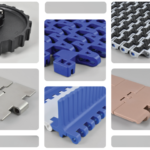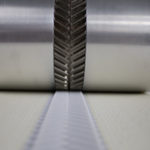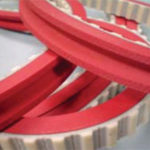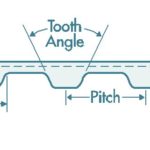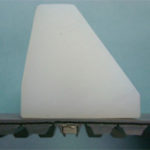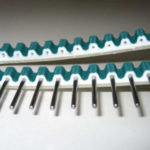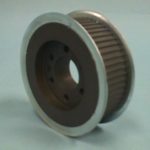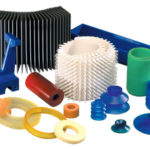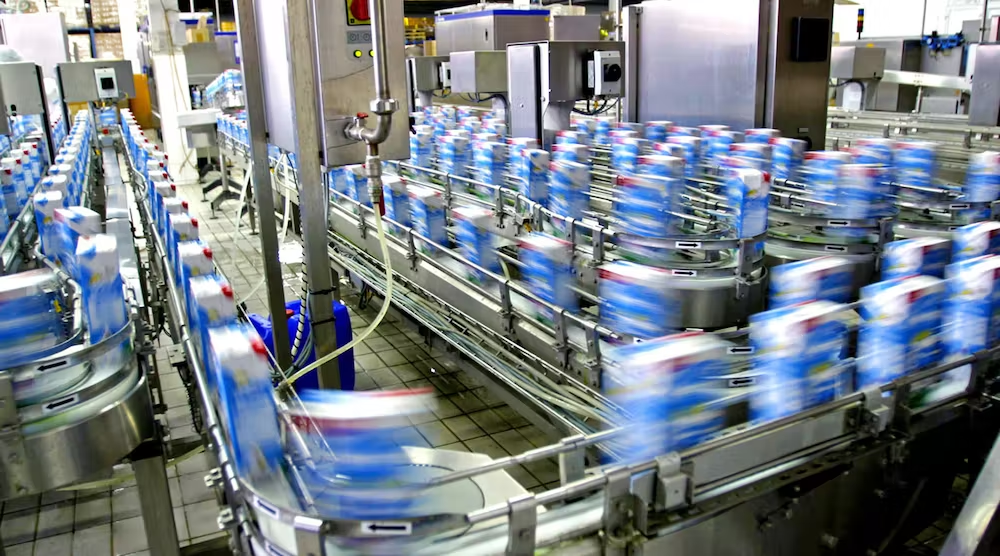
The Hidden Powers of Conveyors
It only takes a short stroll through any modern manufacturing facility to see the incredible level of technology that surrounds us. The use of robots to manufacture, process and package goods is just one example that shows the boundaries of machine design are still a long way off.
And then there are conveyors.
These sometimes-overlooked, occasionally forgotten pieces of equipment are often added in the final stages of projects—that’s the fate of conveyors. Moving product in…and taking product out. A simple role for an unpretentious cog, forever cast in a supporting role.
If you take a second stroll through those state-of-the-art facilities, take a closer look at the conveyors; you might just be surprised at exactly what they’re doing. They’re taking parts and finished products from one place and performing highly detailed operations before delivering it to another. Conveyors have evolved to become critical “intelligent” players in packaging, assembly and automation systems both large and small.
Past Perceptions
How exactly did conveyors get relegated to afterthought status? The answer is rooted in its decades-old designs for merely moving products from one point to another.
“Too many people think they’re just dumb conveyors; no need to pay attention to them,” says John R. Henry, of Changeover.com and author of The Packaging Machinery Handbook. “And honestly, some conveyors are just pieces of machinery put together with aluminum angles, just dreadful homemade-looking stuff.”
He says many people just see conveyors as simple machines consisting only of a frame, belt, and motor. Conveyors historically have performed well for the tasks asked of them, and because of that, their designs haven’t changed much through the years.
“But the reality is conveyors really need to be thought of as critical pieces of equipment,” Henry says. “They can do so much more than they’re given credit for.”
Several years ago, Henry participated in a roundtable discussion about conveyors in which one panelist commented, “Conveyors have become intelligent bridges between islands of automation.” That observation struck a chord with him.
“Conveyors are the bridge between a filler and a capper, or a capper and a labeler, or a labeler and a cartoner,” Henry notes. “And, if you don’t have a good bridge and movement over that bridge isn’t smooth and properly controlled, it interrupts the flow.”
“Just as machinery and equipment is becoming more advanced, so too must conveyors, otherwise they’ll be left behind,” says John Kuhnz, vice president of engineered solutions at Dorner. “Modern manufacturing and packaging subsystems today are extremely complex, and the supporting conveyors are being asked to do so much more than their predecessors. With sleek, low profile designs; faster, accurate performance; and small footprints to fit into tight spaces, today’s conveyors contribute greatly to improving the performance and efficiency of the entire system.”
The Power of Conveying
Although some of the dominant global conveyor manufacturers have been early adopters in embracing the full potential of conveyors, companies of all sizes are now taking a closer look at how they, too, can better design conveyors to improve assembly and processing entire lines.
The manufacturing environment inside plants is much different than what it was just a generation ago. Automation is now a prime driver in how the way products are made. Many applications include manual and robotic tasks, and conveyors need to be engineered to meet these challenges. That’s why there are so many different types of conveyors:
Read more: The Hidden Powers of Conveyors
